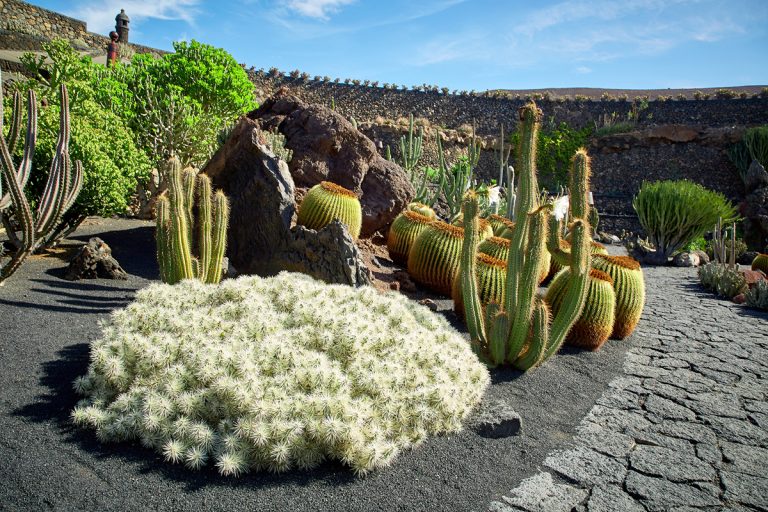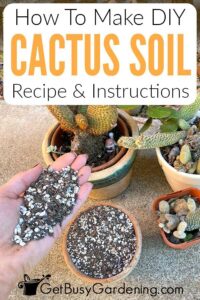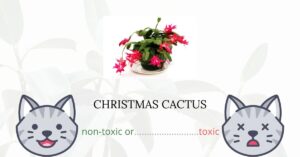Many plant enthusiasts share a curious conundrum: “Why is my cactus falling over?” This situation certainly raises eyebrows among passionate hobbyists and novices alike. A cactus, often a symbol of resilience and fortitude, should not succumb to drooping, yet it can happen. Understanding the underlying causes of a drooping cactus can be pivotal for both prevention and recovery. Dive into this exploration of the perplexing challenges that may lead to this unsettling scenario.
Before addressing solutions, it is essential to comprehend the reasons behind your cactus’s woeful disposition. An array of factors could contribute to a cactus leaning or completely toppling over. Each potential cause requires candid scrutiny, as your plant friend may relay critical information through its posture.
One must first ponder: Are you inadvertently overwatering your spiky companion? This is a frequent misjudgment among new and seasoned gardeners alike. Cacti are native to arid environments and are adapted to conserve water. Overwhelming them with moisture can result in root rot, a silent yet deadly affliction that leads to structural weakness in the plant. Watch for yellowing, mushy tissues, and a sweet, musty smell emanating from the soil—these are harbingers of a waterlogged cactus.
On the other hand, underwatering can likewise culminate in drooping, laying bare a delicate balance that must be maintained. Without adequate hydration, a cactus’s tissue may shrink and lead to a loss of turgidity, appearing limp and lifeless. Familiarity with your specific cactus species is an asking point, as different types possess varied requirements when it comes to watering.
Aside from watering anomalies, fluctuating temperatures could also be a culprit. Cacti typically thrive in warm conditions, and extreme cold can create a chemical response in the plant, compelling it to adopt a lesser position. Monitor ambient temperatures, ensuring your cactus remains enveloped in a cozy environment. Genetics also plays a role; some species are more accustomed to specific ranges of climate fluctuations than others.
Another pivotal factor to consider is the potting medium. Cacti call for a well-draining substrate that allows excess water to evaporate swiftly. If your cactus resides in a heavy terracotta pot with unsuitable potting soil, the plant is bound to struggle. Consider a specialized cactus mix or a blend of coarse sand and perlite to facilitate optimal drainage. If your plant appears compromised, it may be time to repot it in a more suitable media.
Sometimes, the physical properties of your cactus could lead to its decline. An extensive root system may overextend its stability, especially in varieties that grow tall and slender. In such cases, proper support mechanisms, such as staking with bamboo skewers or specially designed plant supports, can act as a lifeline to prevent your cactus from a precarious fall.
Of course, pest infestations are yet another adversary plants must face. The tenacious presence of mealybugs, aphids, or spider mites can sap the plant’s energy, contributing to its downfall. Perform diligent inspections, particularly on stems and leaf joints, as these are often prime areas for pests to linger. If detected, implement an immediate course of action, which may include horticultural soap or neem oil treatments. Quelling these infestations not only aids in recovery but also prevents future occurrences.
Next, one must examine the lighting conditions. Although cacti are sunbathers by nature, too much direct sunlight can scorch their flesh and alter their delicate balance. Conversely, inadequate light can lead to etiolation, where the cactus stretches toward the sun in an attempt to reach a sufficient light source, resulting in an unstable and weak structure. Maintaining a delicate equilibrium of bright, indirect sunlight is crucial for healthy growth.
Furthermore, adaptation to seasonal changes is crucial for the well-being of your cactus. Cacti have an innate dormancy period typically occurring in the colder months. During this time, lessen watering and provide a cooler atmosphere to stimulate proper root development and resilience. Ignoring this natural rhythm can lead to fatigue and gradual drooping.
Ultimately, while the question of why your cactus is falling over presents a challenge, it also sets the stage for a rewarding journey of investigation and solution. By evaluating factors such as water management, environmental conditions, potting practices, and pest management, you can begin to unravel the mystery of your drooping cactus.
Moreover, nurturing a cactus isn’t merely an exercise in water management; it is a holistic approach that encompasses a wide array of sensitivities. By equipping oneself with curiosity and knowledge, each caregiver can embark on a path toward recovery and a flourishing relationship with their prickly partners. A healthy cactus is a testament to the patience and vigilance of its caretaker, reaffirming that while challenges exist, so do solutions waiting to be discovered.





Leave a Comment